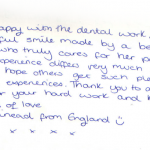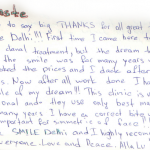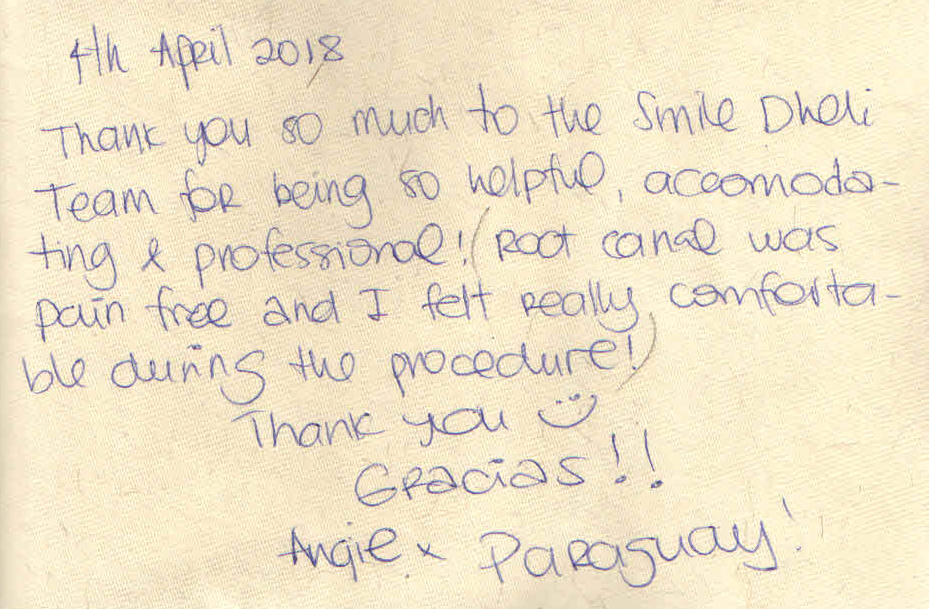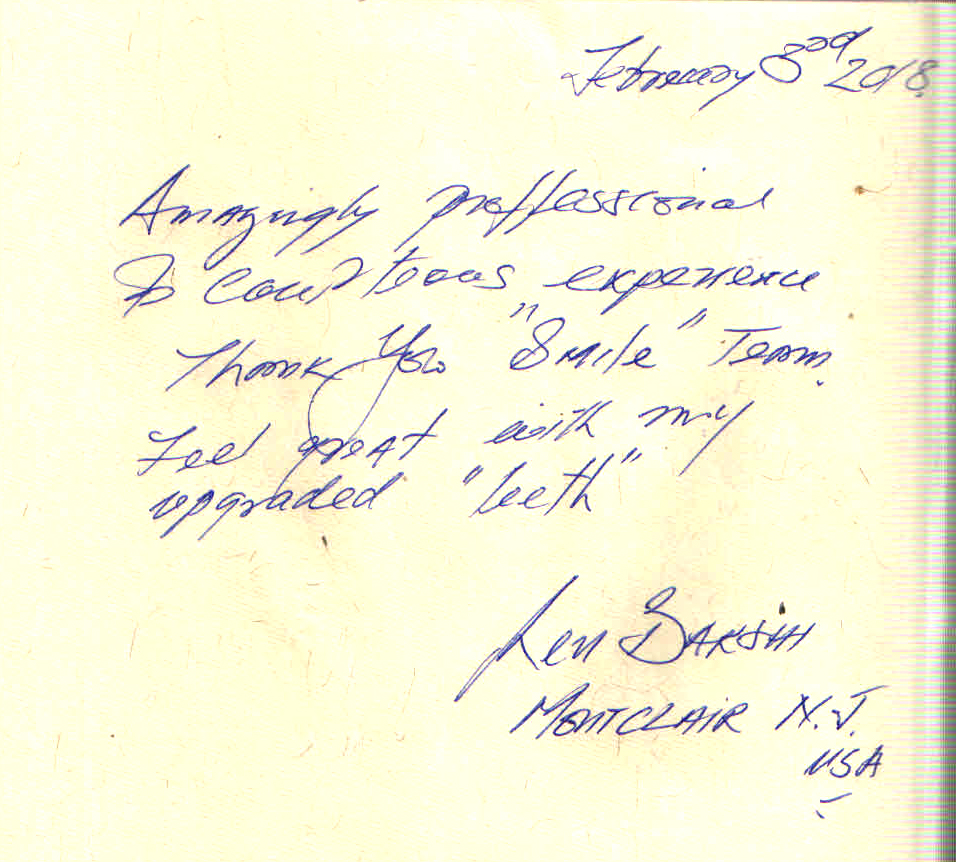What Is An Inlay Or Onlay And How Could It Help Your Smile?
Teeth were designed to complement each other and plan an important role in speaking, chewing, and in maintaining proper alignment of other teeth.
Unusual stresses are placed on the gums and other oral tissues when teeth are missing or damaged. Technological advancements make it possible for you to maintain an amazing smile even if you have decay or damaged teeth.
Fillings replace parts of the tooth that have been lost through decay, damage or wear. Dentists in dental clinics in Delhi and India are following a systematic protocol of 6 monthly reminders for patients to come for regular dental check ups so that the decay can be detected and treated at an incipient stage.
When more than half of the tooth is missing or the decay is large enough to undermine tooth integrity, a filling is no longer the best treatment choice.
Where the nature of the decay or damage makes a filling impractical, the decayed or weak part of the tooth can be removed and replaced with an inlay or onlay.
Inlays and onlays are two methods of restoring normal tooth structure after decay or other damage that are not sufficiently damaged to need a crown.
They provide an alternative to fillings, replacing part of a tooth that has been lost because of decay, wear or damage.
The chewing surfaces of back teeth are particularly vulnerable towards developing cavities and while we can repair small areas of decay with tooth coloured filling material, this isn’t strong enough to mend larger cavities.
An inlay can repair a cavity right in the central part of the chewing surface as well as one or more of the tooth cusps. These are the raised points on the tooth.
An onlay sits on the tooth when the damage is more extensive and the new structure covers the entire chewing surface including one or more tooth cusps and builds up its shape.
Inlay or onlay offer patients a stronger, well-fitting and longer lasting repair for tooth decay or other structural damage.
They are especially suitable for the chewing surfaces on back teeth and large repairs to front teeth and to mend larger cavities where a conventional filling wouldn’t be strong enough.
While a dental filling is molded during your dental visit, an inlay or onlay is created in a dental laboratory before it is fitted and then bonded to a damaged tooth.
Your inlay or onlay can be made from a variety of different materials that include composite resins, porcelain or gold.
Traditionally, gold has been the material of choice of inlays and onlays. In recent years, however, porcelain has become increasingly popular due to its strength and color, which can blend in beautifully with your natural tooth colour, creating a restoration that is virtually invisible.
Therefore, both inlay or onlay blends successfully with the treated tooth and the rest of the teeth to achieve a natural, uniform appearance.
Dental inlays or onlays will match the shade of your teeth. This allows your dental restoration to blend perfectly.
You need to care for your dental inlays the same way you care for your natural teeth. Maintain good oral hygiene by brushing and flossing every day.
Dentists in India aim to ensure your teeth are healthy and check for abnormalities that may otherwise go unnoticed and could be a sign of larger health issues.
Regular dental visits to dentists allow them to detect any dental problems while they are still in the early stages.
Whether you think you need a tooth filling, dental inlay , dental onlay or dental crown, one thing’s for sure: Ignoring your dental problem will put you in a gray area with your dental health.
Dentists in Delhi make sure that regardless of which restoration you end up with, your tooth will be restored to its full strength and structure so you can bite and chew without fear of your tooth crumbling away.
Posted by- Dr Shriya





























































